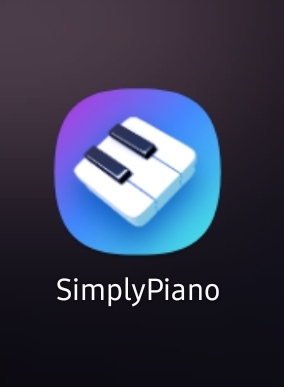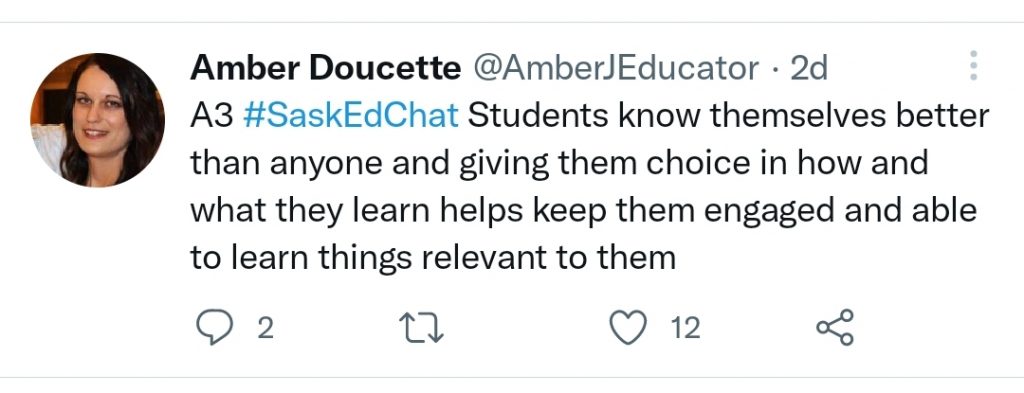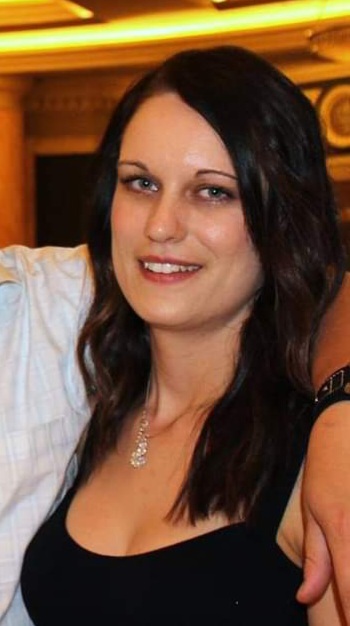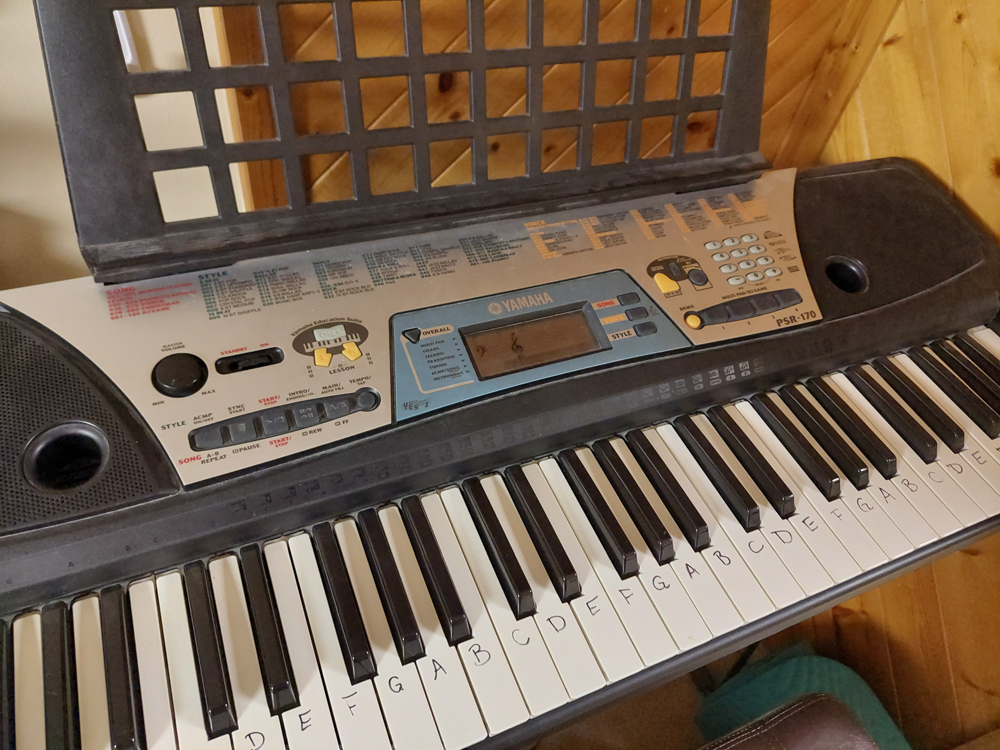Looking back on my elementary education experience in regards to citizenship I would have to say it was a fairly geared towards creating personally responsible citizens. In Kahne and Westheimer’s journal article, “What kind of Citizen? The Politics of Educating for Democracy”, a personally responsible citizen is someone who “acts responsibly in his/her community, works and pays taxes, obeys laws, recycles, gives blood, volunteers to lend a hand in times of crisis” (2004. p 239, Table 1). We were taught how to be responsible for our own actions, how to be caring towards others, to help within our community, and to help take care of the environment. Each year our school would go for a walk within the surrounding community to clean up garbage and help the environment. The school would contribute to food drives and had a muffin program to help feed children breakfast, I remember carrying many ice cream pails filled with muffins that my mom had baked and taking them to the office. We were never really encouraged or taught how to be leaders, how to empower others to make positive changes, or find our own ways of creating community groups or events to help out others. We were defiantly not taught a lot about politics, we were just told it was important to vote, not why, or how to choose a candidate or party to vote for. I feel this leads to very uniformed voters who don’t base their vote on knowledge or what they believe the community needs are.
Kahne and Westheimer also describe two other types of citizens the participatory citizen, and the justice-oriented citizen. These types of citizens are more active within the community, have actual knowledge of government and how it works, and know how to organize events to help out their community (2004). I feel that having this type of approach to curriculum leaves out all other cultures and beliefs. There are many people of differing cultures and backgrounds that call Canada their home, having a citizen approach to education makes us no better than the United States and their giant “melting pot” of a society. How can Canada call itself a “salad” the only ways of knowing and being are that of European settlers. Another important culture this education misses out on is our Indigenous peoples. After trying to rid the country of their beliefs and cultures we owe it to everyone to make things right and bring back this beautiful culture that shaped our land in the first place. Dr. Cappello, states in his podcast, “The prairies are the place where Canada perfected the tactics that would violently disposes Indigenous peoples from their lands,” (2019). We are underpreparing students and sending them off into the world lacking the skills to inflict positive change on society. If we as a society want “progression”, we need strong, powerful, equitable leaders to force these changes in the right direction (Dr. Cappello. 2019).
Going into education to improve the world, Westheimer talks about teaching students that they “have a role to play in changing history” (2015). Educating students about the world and not just gearing towards pushing them out into the workforce to be a productive citizen in their community, we are breaking the mold and no longer making puzzle piece citizens that need to fit perfectly into what society is today. Society needs to grow and evolve in a positive way, meaning that students need to learn more than just job skills and about their community. They need to know about the world, be inspired to make positive change, and to strive towards a better world.
Citizen education is about creating “good citizens”, ones that fit in, don’t create waves, and don’t push their strong opinions. These curriculum markers value sameness, white western culture, and doesn’t showcase creativity, individuality, and fighting for a better world. We need change and this doesn’t create change.
Dr. Cappello, M. (2019). OHASSTA Talks – Citizenship Education. https://www.spreaker.com/user/voicedradio/ohassta-talks-citizenship-education-mike
Kahne, J. Westheimer, J. (2004). What Kind of Citizen? The Politics of Educating for Democracy. American Educational Research Journal; Summer 2004; Vol. 41, No.2.
Westheimer, J. (2015). What Kind of Citizen? Educating Our Children for the Common Good. https://www.youtube.com/watch?v=M9WF4uVcrlU




Recent Comments